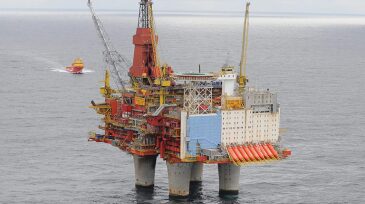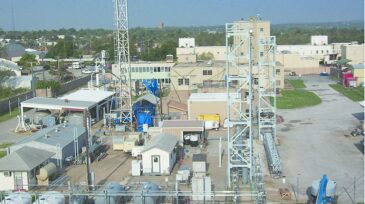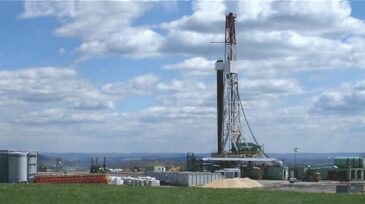unconventional resources
-
To understand production from shale reservoirs, the role of hydraulically induced fractures, natural fractures, and their interaction in a formation must be captured.
-
Oil markets displayed their manic-depressive side in August, dropping to around USD 40/bbl early and jumping back to near USD 50/bbl at month’s end.
-
Enventure Global Technology is working to convince operators that its solid expandable steel liners perform better than chemical diverter agents for refracturing operations. Its technology is called the ESeal ReFrac Liner.
-
At the recent 2015 Unconventional Resources Technology Conference, a major theme was how companies can improve performance without increasing the size of their budget.
-
For the past several years, automated drilling has promised to deliver major improvements in drilling performance. But the technology is facing new obstacles that might affect its progress and commercialization.
-
For the past quarter of a century, underbalanced drilling (UBD) has been a niche technology known to many and practiced by few. It has seen acceptance in the North Sea, where UBD is used to drill through depleted reservoirs.
-
This paper aims to develop criteria for identifying situations in which induced fracture complexity and sustained conductivity are or are not required.
-
In the realm of enabling technologies, multiphase flow modeling has proven to be one of the most important to the oil and gas industry. Without it, nearly all subsea wells would be too costly or dangerous to develop.
-
In the northeastern desert of Utah, a new type of oil sands extraction technology has been born. The company behind it claims the process is the most cost-effective and environmentally sound way to develop oil sands.
-
The rapid development of shale formations over the past decade has led the United States to become the world’s undisputed leader in natural gas production.










